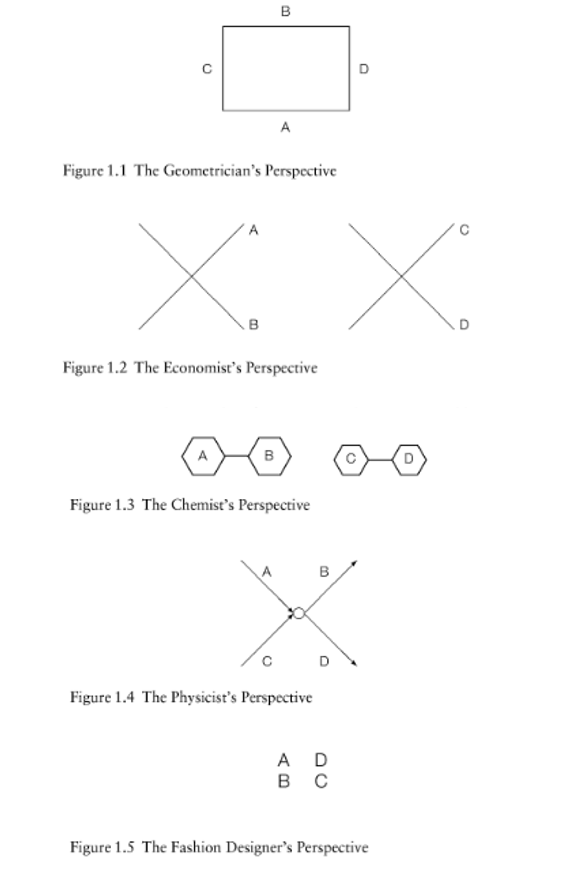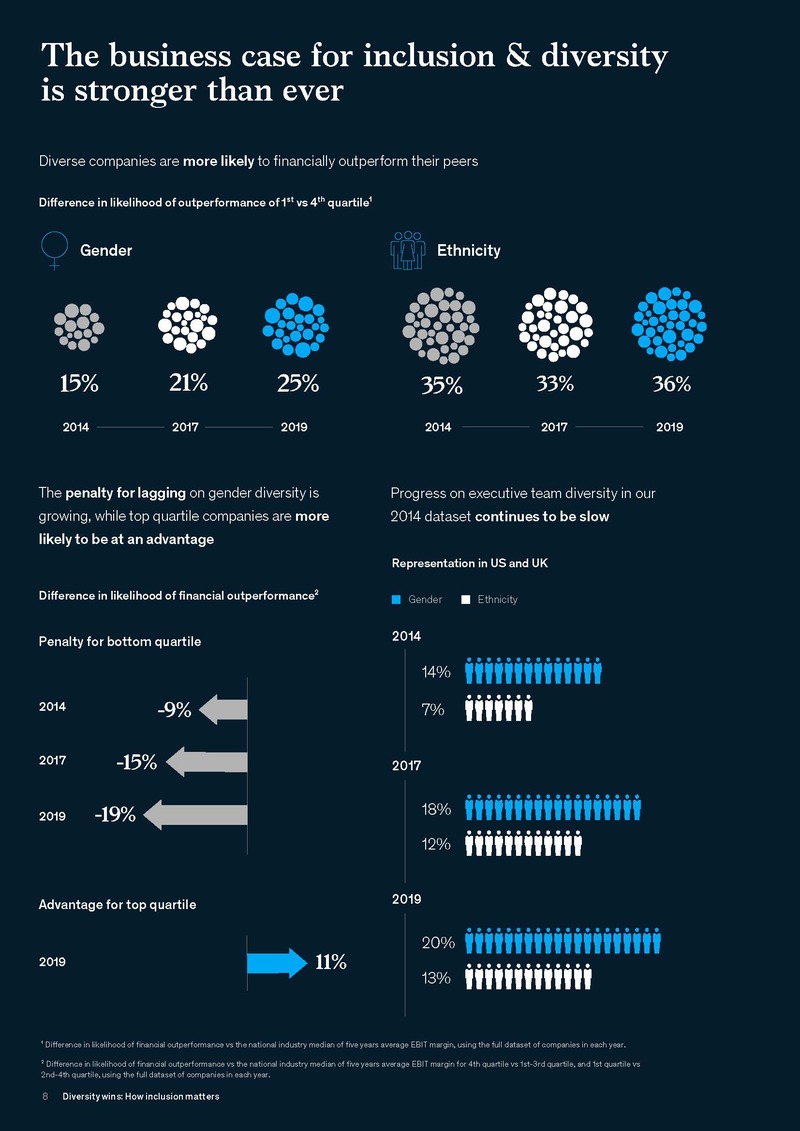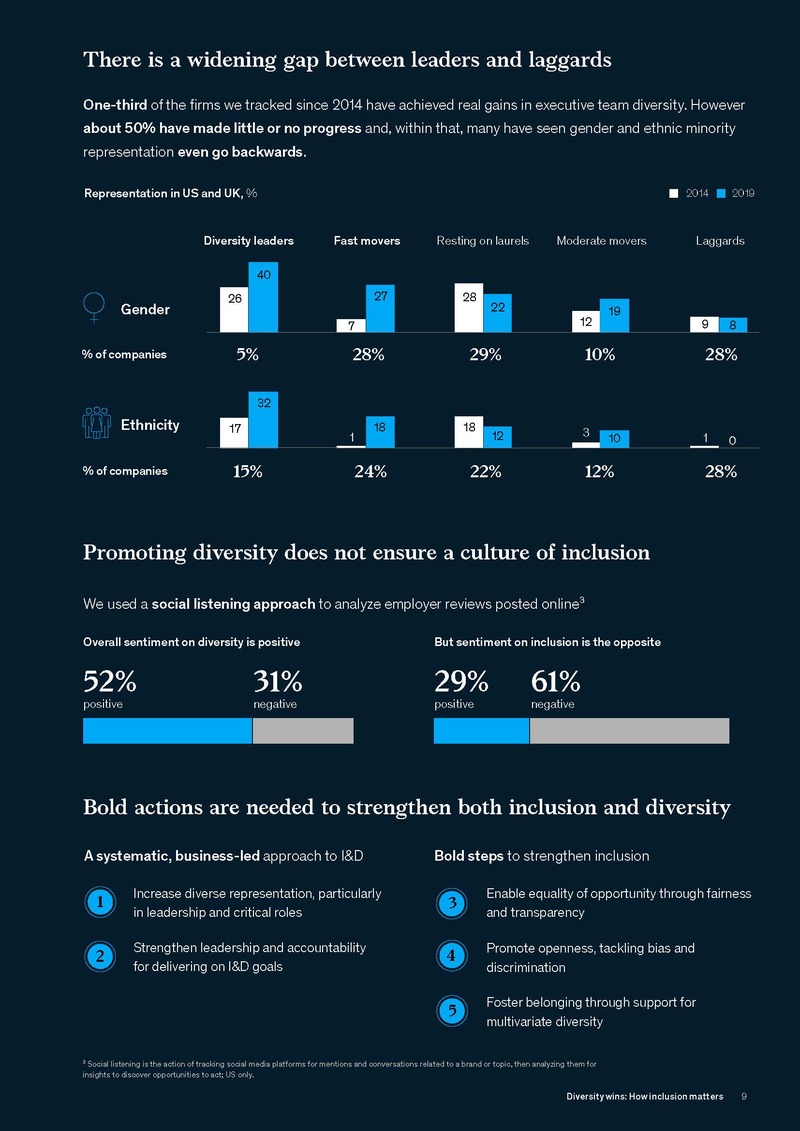e-Learning Ecologies MOOC’s Updates
Fostering belonging: a call for a new age in how we cultivate and value people and evaluate achievement
Problem statement
John Paul Gee provides riveting and inspiring insights into historically embedded injustices pervasive in our formal education system. He purports that we have created an educational system that feeds the pipeline of “...low paid service, (the) low paid service work(er). And we have the perfect school system for the society (USA) we have.”1 With the ever increasing chasm created by early education dividing rich and poor students and their ability to decipher embodied meanings verses translation into text, we see the fault-line effects of a deeply entrenched, systemic, self-perpetuating paradigm that is pervasive in society and one could argue a leading contributing factor to current social unrest. Further Gee provides that...“So, that if all you do is talk about schools and school reform and ignore homes and society, you are paying attention to important variables, but the less important variables.”1
Woven into the fabric of formal education, is it possible historically inequitable pedagogical approaches also provide the fulcrum to send inequity in the workplace to an even greater trajectory? Furthermore, using a multilayered value-based examination, can we discover that not only individual workers are impacted but also the organizations they work for, keeping them from realizing even greater heights of achievement? Can industries that are traditionally founded, and systemically are based on, inequity and the need to perpetuate the division of front-line blue-collar worker and white-collar management/ownership, move to understand the value of inclusion and creating a sense of belonging at a deeper level?
Can this new age of technology and potential for ubiquitous learning transform not only formal education but also organizational/industry education and teamwork to create a paradigm shift in collective intelligence, worker agency, and shift the concept of achievement?
Levels of Impact - Individual: producing uniqueness
Dr. Cope and Dr, Kalantzis asks us to consider, “Why are we thinking about ubiquitous learning in this way (discoverable)? One reason is that we are, as educators, producing types of people, and if you think about the classroom at the moment and the type of people we've produced, there's a huge contrast.”1 Further, Gee elicits “Ask what do I want people to learn. And how do I want them to learn, what is the participatory structure, what are the outcomes, what are sorts of people do I want to make 'em.”1
As someone who has studied, educated, and directly worked in the building industry, my own personal experience is on the extreme end of that formal education production line. I’ve seen and felt the effects of limited participatory didactic learning environments and the inability for people to transcend early learning conditions. How large of an impact has this condition had to advance my own deeply entrenched, inequitable industry? I also wonder if it further advances a belief of rightness in these notions on the part of the white collar “haves” running and managing organizations that people for certain backgrounds have limited abilities?
How we participate to produce people through education is a critical piece to the I&D (Inclusion and Diversity) puzzle. As outlined in the e-Learning Ecologies course1 there are some fundamental things we need to consider around inclusion before we look at producing environments and educational opportunities that allow for individual expression and diverse participation.
In his book, The Difference2, Scott Page provides research demonstrating that teams can provide better solutions and that the best decisions and predictions can be arrived at through the “uniqueness” found in diverse groups. Albeit in limited ways, this has been proven in my own experience on Integrated Project Teams (IPT)3 in the building world. When IPT is successful, through diverse teams and investment in asking important questions about the goals of the project, I’ve seen projects transcend singular developer goals to achieve real triple bottom line4 outcomes that enrich the community and purpose the building/space serves. Unfortunately, the use of IPTs is not the norm.
In a section of Page’s book, he outlines how we can “Put Our Different Shoulders to the Wheel” using the different perspectives of disciplined people to the same concepts and problems. In the figures provided below (Figure 1 of this post), Page illustrates that purely by our educational background and professional focus people can see problems in very different ways. “The right perspective can make a problem easy. We see how most scientific breakthroughs and business innovations involve a person seeing a problem or situation differently.” He contends that diverse perspectives provide the “seeds of innovation”. What if this expanded to all types of diversity and inclusion?2
Levels of Impact - Organizational: Re-inventing Capitalistic Industry
In the US with current pandemic responses and racially charged social unrest, we are seeing the need for inclusive solutions. Even in the pre-pandemic business world we are also seeing emerging trends like the advancement of B Corps5 and a new focus on corporate values and achievement.
In the latest Diversity Wins McKinsey Report6 we find… “The most diverse companies are now more likely than ever to outperform non-diverse companies on profitability. The business case for inclusion and diversity (I&D) is stronger than ever. For diverse companies, the likelihood of outperforming industry peers on profitability has increased over time, while the penalties are getting steeper for those lacking diversity…I&D is a powerful enabler of business performance. Companies whose leaders welcome diverse talents and include multiple perspectives are likely to emerge from the crisis stronger. In short: diversity wins, now more than ever (in the age of the Covid pandemic).”
The Diversity Wins report findings are staggering. “Companies with more than 30 percent women on their executive teams are significantly more likely to outperform those with between 10 and 30 percent women, and these companies in turn are more likely to outperform those with fewer or no women executives. As a result, there is a substantial performance differential—48 percent—between the most and least gender-diverse companies”6
In the case of ethnic and cultural diversity, the findings are equally compelling. “We found that companies in the top quartile outperformed those in the fourth by 36 percent in terms of profitability in 2019, slightly up from 33 percent in 2017 and 35 percent in 2014. And, as we have previously found, there continues to be a higher likelihood of outperformance difference with ethnicity than with gender.”6 Unfortunately the picture is bleak for companies actually taking action (Figure 3).
Report Conclusion: “We have shown that, to achieve lasting progress, companies must go beyond the systematic approach to I&D we have previously advocated—namely, to ensure representation of diverse talent and to strengthen leadership and accountability for I&D. They must also focus on boosting inclusion by enabling equality, promoting openness, and fostering belonging.”6
Conclusion (beginning?)
As a woman in a traditionally white male dominated profession, I personally resonate with this call to foster belonging and I am hopeful the dynamic time we live in will be an important catalyst for wide adoption. The emergence of a new fulcrum of learning practices that propel this belonging, energy to demonstrate outcomes that prove its value, and use of the ubiquity possible with e-learning to make it happen are key. Can we be hopeful as e-learning takes on a new importance in the drive to tear down racial, age and sexual orientation barriers and benefit from collective intelligence…my own hope is yes and this is my personal motivation to explore e-learning.
References
- e-Learning Ecologies: Innovative Approaches to Teach, Dr. William Cope and Dr, Mary K, University of Illinois, Coursera offering. https://www.coursera.org/learn/elearning
- The Difference: How the Power of Diversity Creates Better Groups, Firms, Schools, and Societies (New Edition). (2007). PRINCETON; OXFORD: Princeton University Press. doi:10.2307/j.ctt7sp9c
- Project Delivery Teams, Whole Building Design Guide, US Multi-Agency reference, https://www.wbdg.org/project-management/project-delivery-teams, 08-22-2017
- Triple Bottom Line, Wikipedia definition, https://en.wikipedia.org/wiki/Triple_bottom_line, last edited August 7, 2020
- B Corps, Certified B Corporation, https://bcorporation.net/about-b-corps
- Diversity wins: How inclusion matters, McKinsey & Company, Diversity Wins Report, May 2020
e-learning Ecologies MOOC Peer Updates – Related posts
@TomTirpak – The Role of Learner Diversity in Differentiated Learning
@KellyMartin – “You don’t have to be the same to be equal”: Adobe Captivate, Scenario-based Learning, & Differentiated Learning
@LakshmiSatish – Learners diversity – Educators cater to it now, and you can deal efficiently with adversity
@HeatherBennett – Multiliteracies: A tool for Pursuing Social Justice in Education




